Charger Thrunite U1

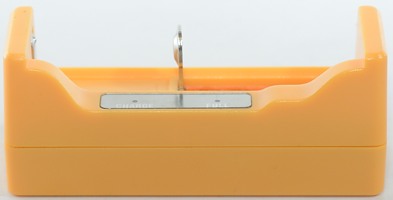
Thrunite is mostly knows for flashlights, but they do also have a few chargers. This model here is a very compact single cell charger and can also work as a power bank. Depending on where in the specifications I read the charger can only do LiIon or both LiIon and NiMH?
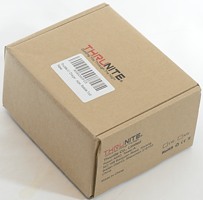
The charger arrived in a cardboard box with very little information on the outside.
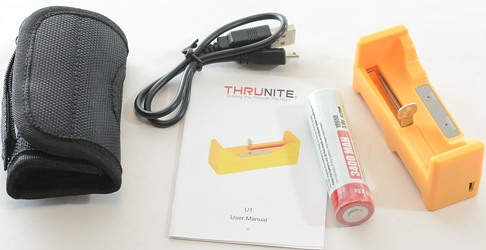
The box contains the charger, a usb cable, a 3400mAh 18650 cell, a pouch for the charger and a instruction sheet.
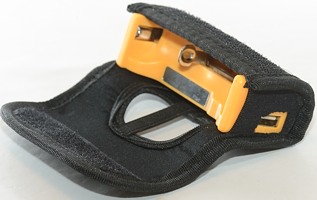
The pouch can be mounted on a belt and it has holes for the usb connections on the charger.


There is a usb connector on either end of the charger, the micro usb is for usb power input and the large usb connector is for usb power output.

The charger has two status led. There is also a hidden blue led in the large usb connector.
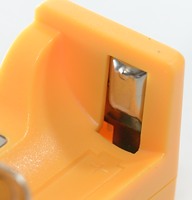
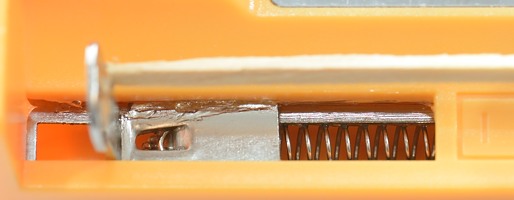
The slots uses the usual construction and works well. It can handle batteries from 31mm to 69.3mm long, that means that the longest protected cells will not fit.









The 1A charge current limits handling of small batteries, at least if you want many cycles from them.
The charger can handle 69.3mm long batteries, inclusive flat top cells, this means some protected cells are to long for it.
Measurements
- The charger will charge with full current from 0V.
- When not powered the charger will discharge with about 2.4mA
- When powered the charger will discharge with about 0.3mA.
- The charger will not restart if the battery voltage drops.
- Charge will restart charging after power loss or battery insertion.
Charging LiIon
.png)
CHarge current is 1A and it uses a CC/CV current profile, but there is some problems: The voltage is to high and the termination current is to high. These two problems sort of balances each other out in the final result, but it is not the right way to do it!
.png)
Lower capacity is slightly faster to charger, but the problems are still present.
.png)
No surprice here.
.png)
The older cell spends longer time at overvoltage, due to the higher internal resistance.
.png)
The charger current is the same with shorter cells, i.e. the charger is not designed to handle small cells.
.png)
Adding some resistance between the usb power supply and the charger to simluate a weak power supply or a long cable did not prevent the charger from working, but it did charge slower (as expected).
.png)
The charger is rated for up to 15 volt input, I tried with 12 volt and it worked.
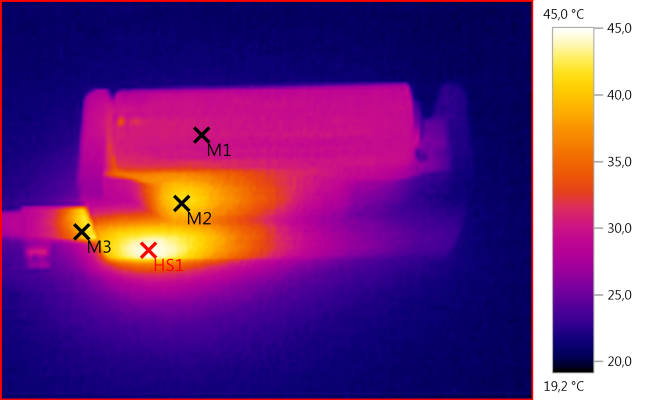
M1: 30,5°C, M2: 41,3°C, M3: 39,7°C, HS1: 45,0°C
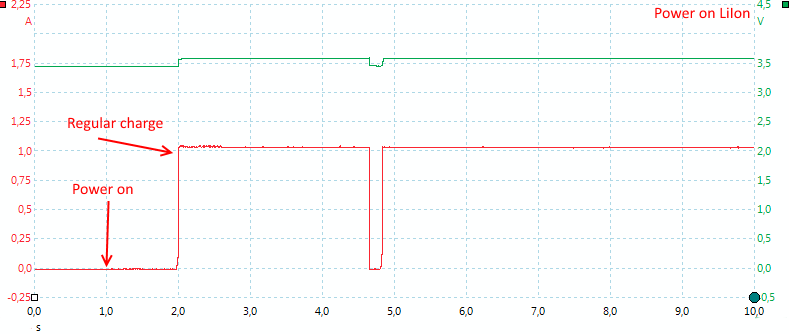
The charger starts in about 1 second.
Charging NiMH
.png)
This looks like a fairly good NiMH charging, it terminates when the temperature starts to raise.
Actual termination looks to be on voltage.
.png)
This time the termination is on -dv/dt.
.png)
Same with this cell.
.png)
This cell do get over charged, but it do not look like there is any -dv/dt signal to stop on.
.png)
THe 1A charge current is a bit on the high side for AAA cells, but it charges fine enough and termination on voltage.
.png)
This full cell terminate on -dv/dt in about 13 minutes (This is fast for a -dv/dt termination).
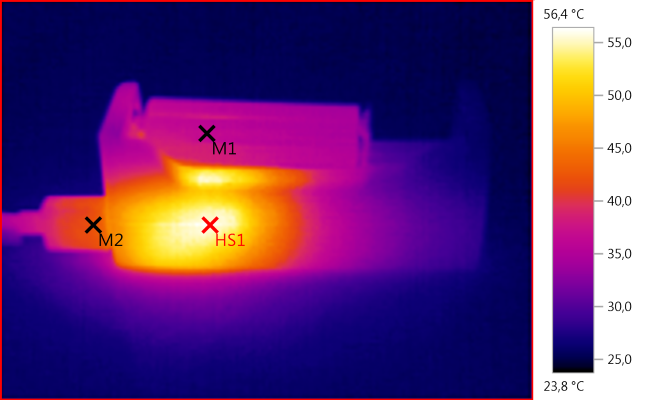
M1: 36,9°C, M2: 42,5°C, HS1: 56,4°C
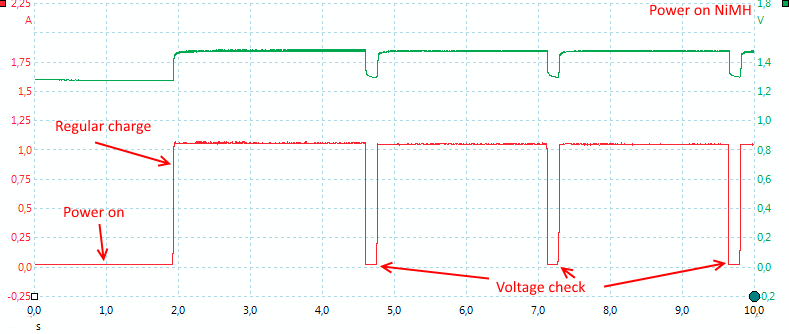
The charger starts in about one second and will check NiMH voltage in 2.5 seconds intervals.
USB output
- USB output turns off when power is connected to usb input.
- There is a blue led in the ubs output connector, it is on when the output power is on.
- Usb output is coded as usb charger (DCP)
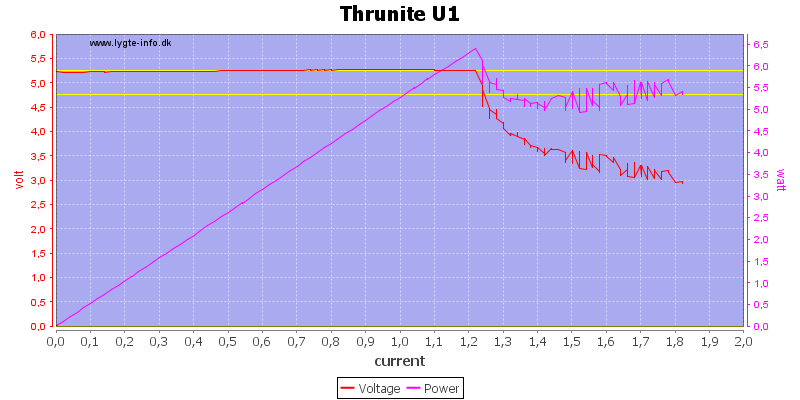
The usb output has some over current protection at 1.2A and will turn off at 1.8A, but the output between 1.2A and 1.8A looks very uncontrolled.
.png)
At 0.5A load the power bank function works fine, until the battery is nearly empty. Instead of turning the output completely off it will turn off, then on again and repeat with this as long as the battery recovers to above 3 volt.
.png)
Increasing the load to the rated 1A do not look good, it cannot maintain a stable output voltage.

There is some noise in the output: 86mV rms and 440mVpp

With 1A load the noise gets really bad: 430mV rms and 1400mVpp
Conclusion
At first glance this charger looks nice with support for both LiIon and NiMH, the large input voltage range and power bank function.
But a more detailed study shows way to many issues:
LiIon charge voltage is too high.
LiIon termination current is too high.
Only one charge current, fine for large cells, but not for small.
Power bank has way to much noise.
Power bank cannot handle specified current.
The only thing it does mostly fine is charging NiMH.
I will give it an acceptable rating.
Notes
Here is an explanation on how I did the above charge curves: How do I test a charger
Read more about how I test USB power supplies and chargers


















.png)
.png)
.png)
.png)
.png)
.png)
.png)


.png)
.png)
.png)
.png)
.png)
.png)



.png)
.png)

